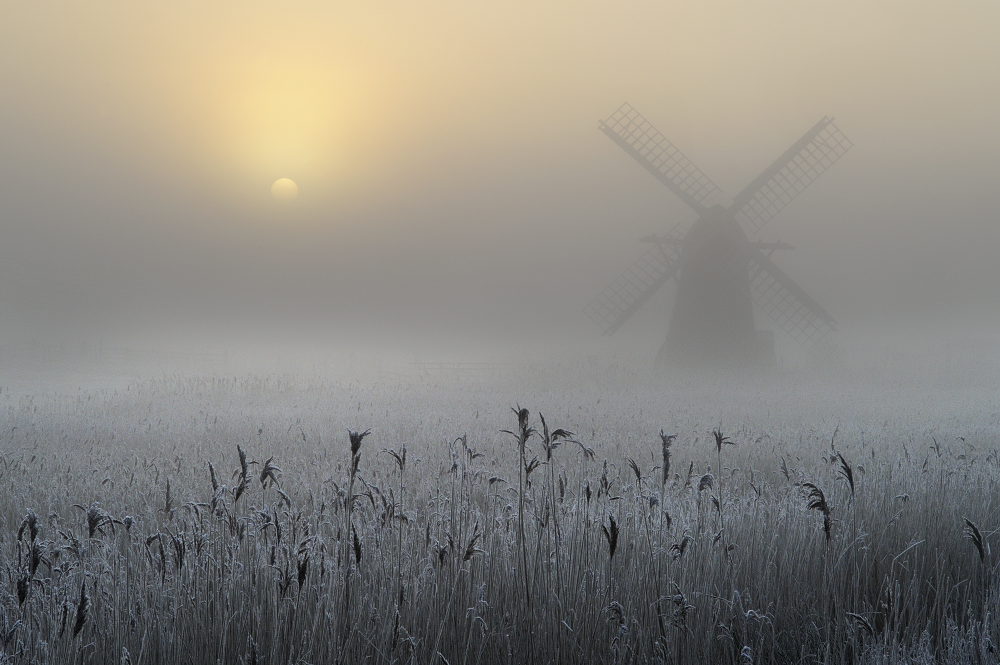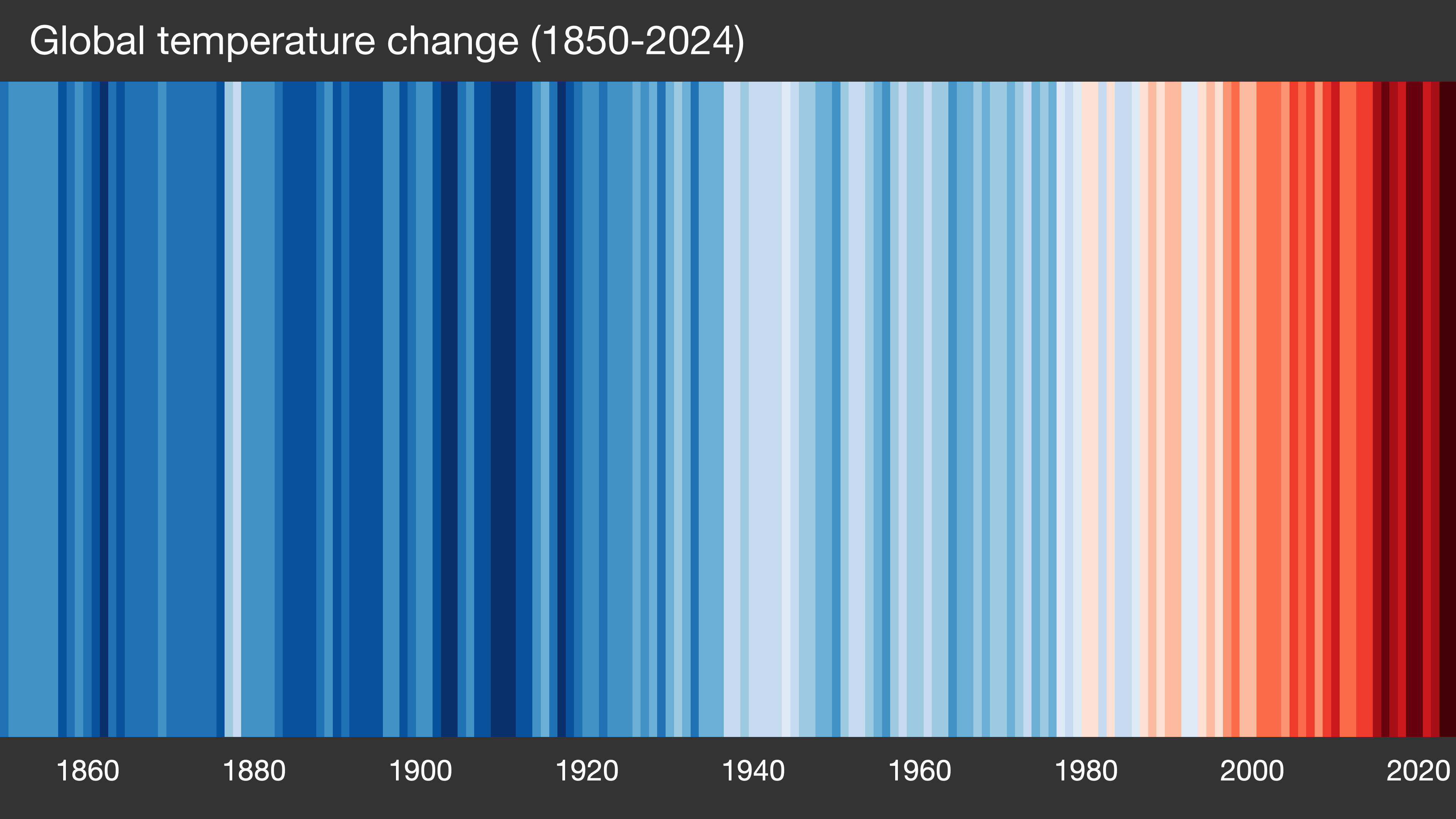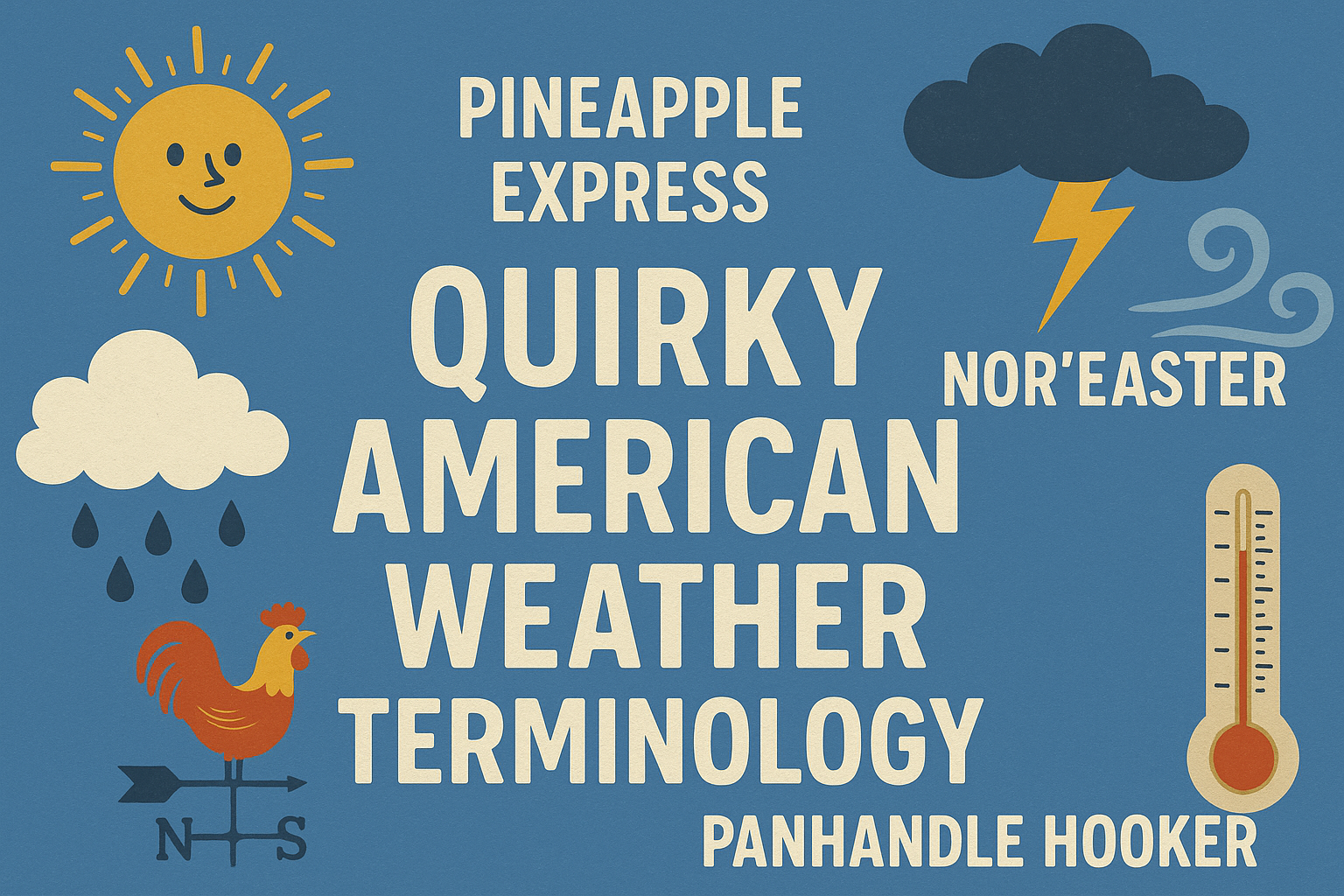

How does hoar frost form?
Under clear, cold nights in winter, a hoar frost can form.
Hoar frost forms when water vapour in the air comes into contact with an object that is below freezing. Rather than the water vapour first condensing onto the object and then freezing, the water vapour immediately freezes to form ice crystals. The hoar frost is distinctive due to its feathery structure, and the freezing process is so quick that it traps air, giving it a white or silver opaque appearance.
Hoar frosts most commonly attach themselves to the branches of trees, leaves and grasses but can also be seen on objects such as gates and flowerpots. Sometimes the deposits can be so thick that it may even look like a dusting of snow has fallen, creating a typical winter wonderland day.
So what is a frost? From ground frost to rime, find all about the different types of frost and ice formations in this MetMatters post.
Photo credit: Freezing fog and hoar frost by Andrew Bailey; 3rd place in the over 16s category of the RMetS/RPS Weather Photographer of the Year 2016 competition.
“The photo was taken in February 2016 during a cold spell of weather. Based on the forecast, I left home at 4:30 am to travel to north Suffolk to Herringfleet Mill, a location I had not visited before. At the mill, the temperature was -4°C with freezing fog making for very atmospheric conditions. I particularly like how this photo captures the sun burning through the mist, with the reed beds covered in white hoar frost and the mill shrouded in mist.”




